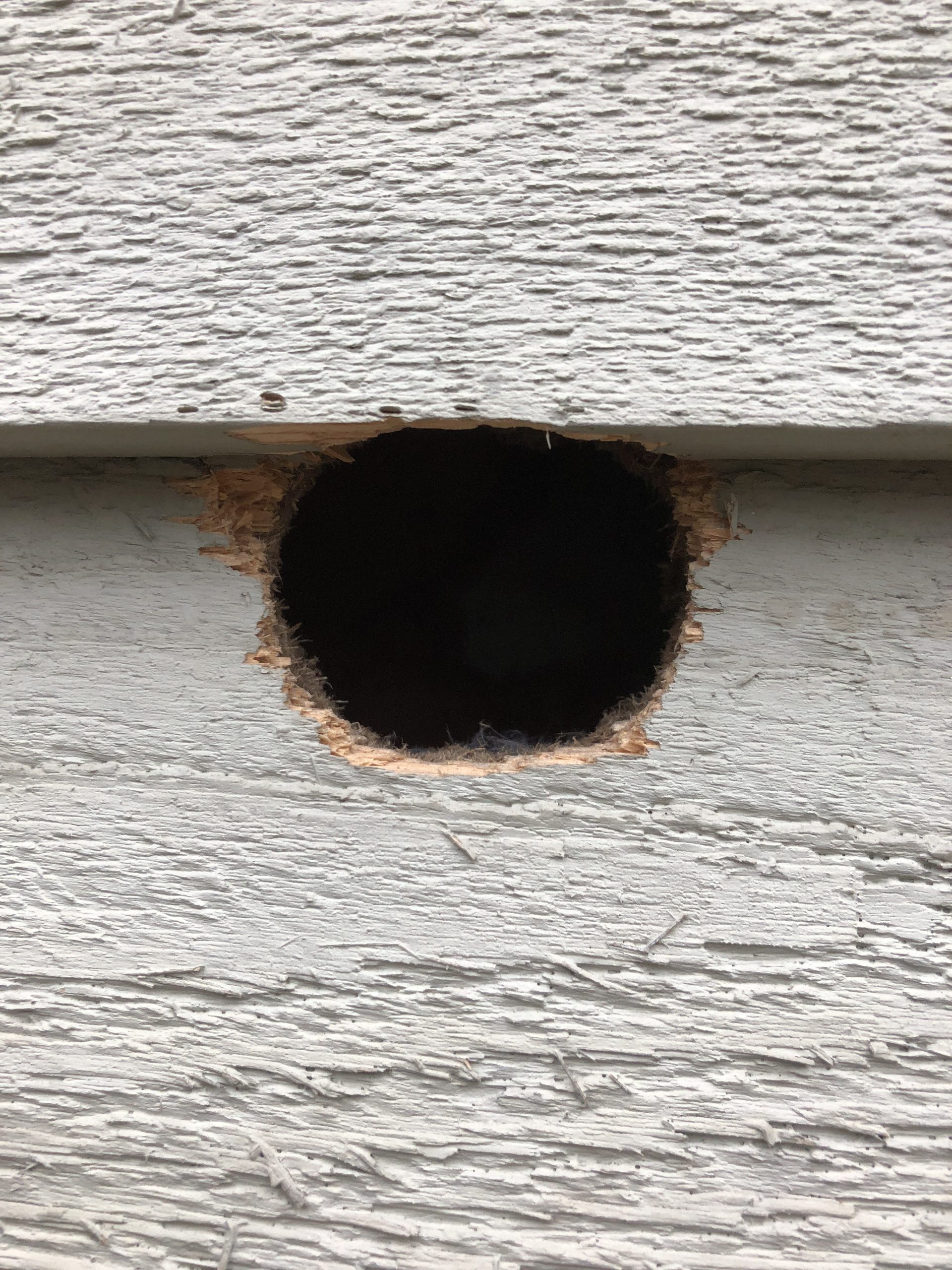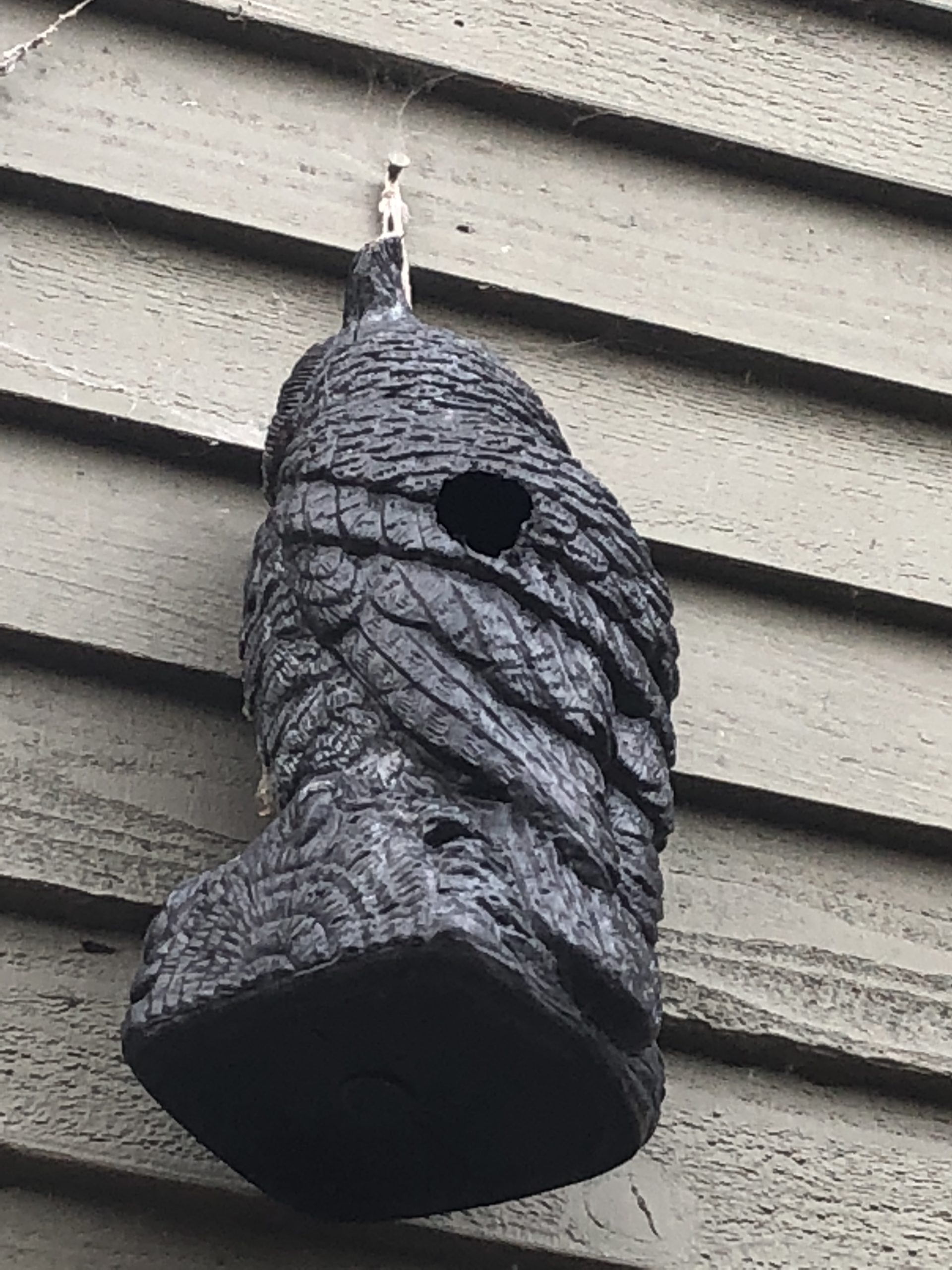Woodpecker Control
BEAST wildlife solutions can deter, remove, haze, and exclude woodpeckers from structures in Minneapolis, St Paul depending on the situation. During the juvenile season it is unlawful to disrupt the nests if they have eggs or fledglings inside. The same law pertains to all migratory protected species. After the fledglings are able to fly out on their own accord, we can exclude them from the area(s) of concern, and deter them from various other areas.
No two jobs are the same, so we will typically assess the structure(s) prior to coming up with a game plan.The most effective woodpecker deterrent is the Intimidator woodpecker deterrent.
We utilize these more than anything else on woodpecker jobs. When installed correctly, they are very efficient. Other products such as netting, and optical disks have their places as well depending on the area(s) and circumstances. Call us for woodpecker control in Hennepin and Ramsey County.


